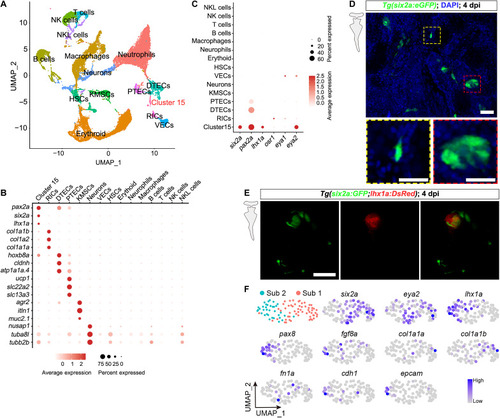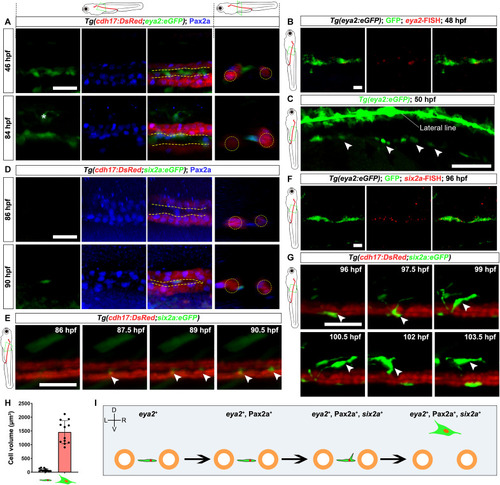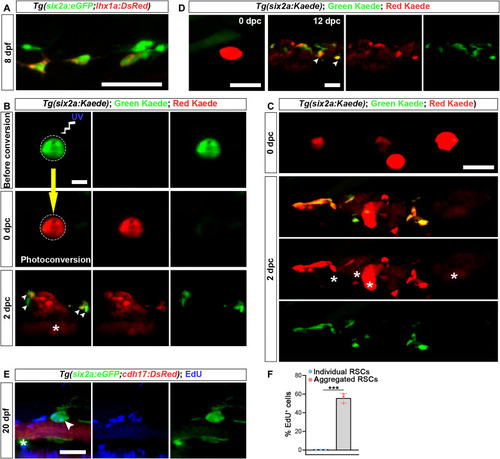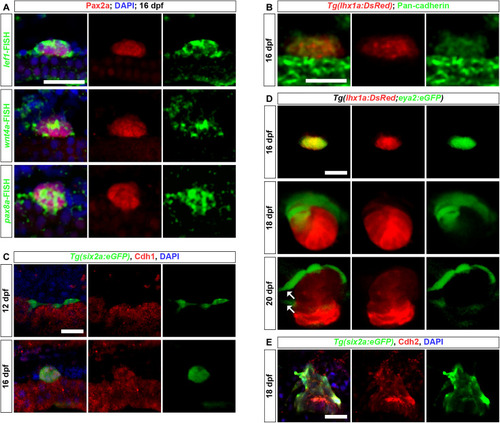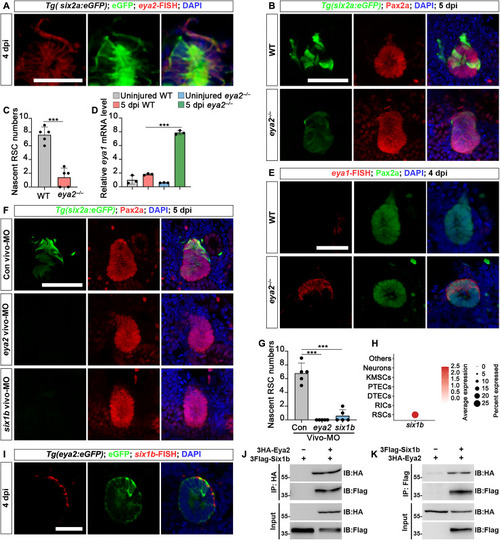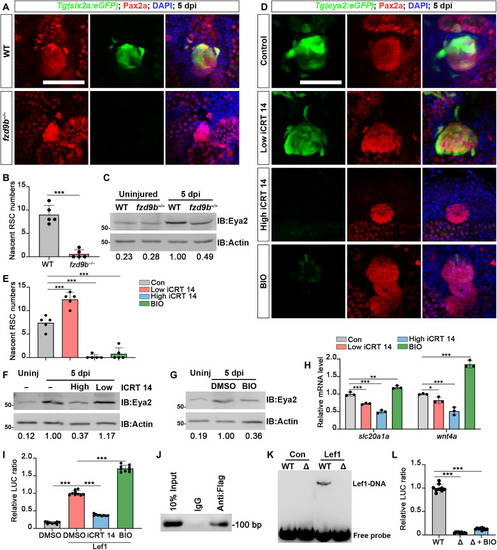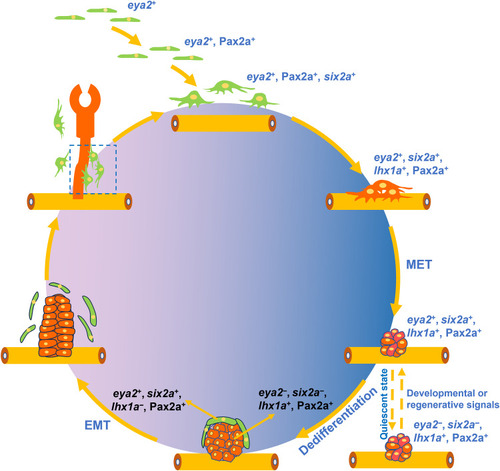- Title
-
Identification of renal stem cells in zebrafish
- Authors
- Yu, T., Liu, X., Tan, X., Zhang, Y., He, Z., Yang, W., Tian, T., Li, Y., Zhao, J., Liu, C.
- Source
- Full text @ Sci Adv
|
Identification of potential zebrafish RSC clusters via scRNA-seq analysis of injured kidneys. ( |
|
RSC generation process. ( |
|
Renewal of RSCs. ( |
|
MET and EMT processes during RSC renewal. ( |
|
Renewal of RSCs in adult kidneys. ( |
|
Eya2-Six1b complex regulates RSC renewal. ( |
|
Wnt regulates the renewal of RSCs by directly activating ( |
|
Schematic overview of zebrafish RSC renewal and differentiation. During zebrafish embryonic development, RSCs arise from |

